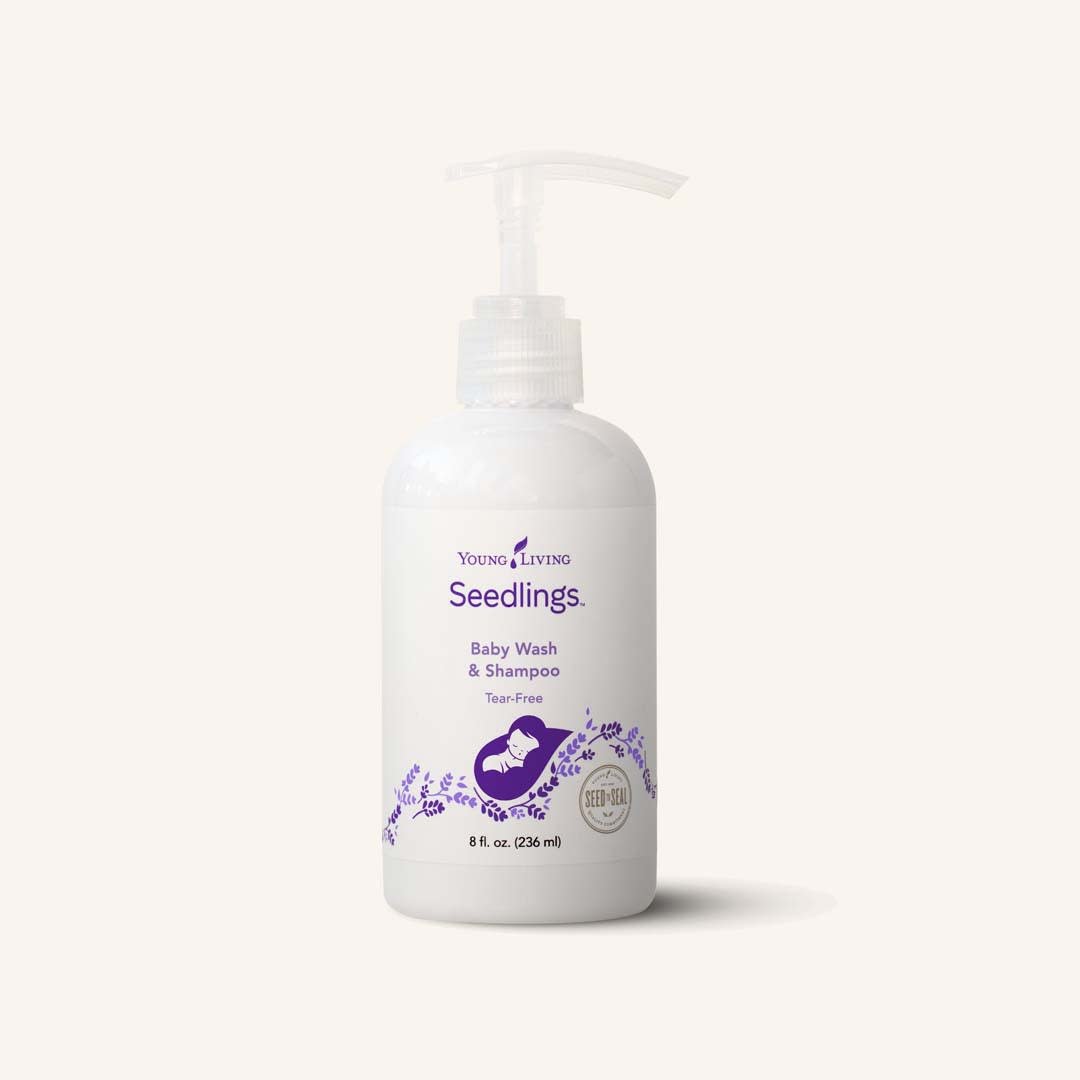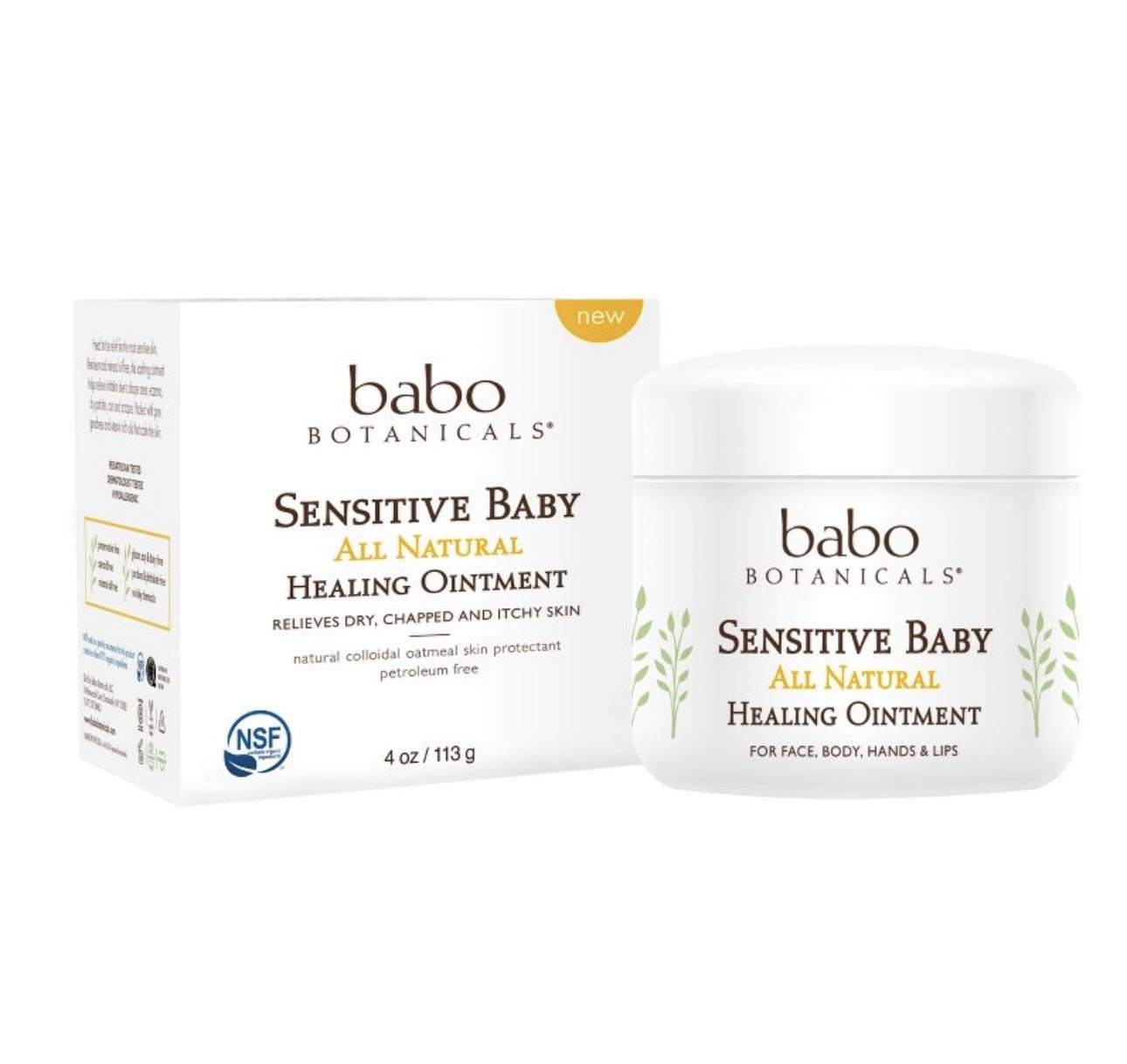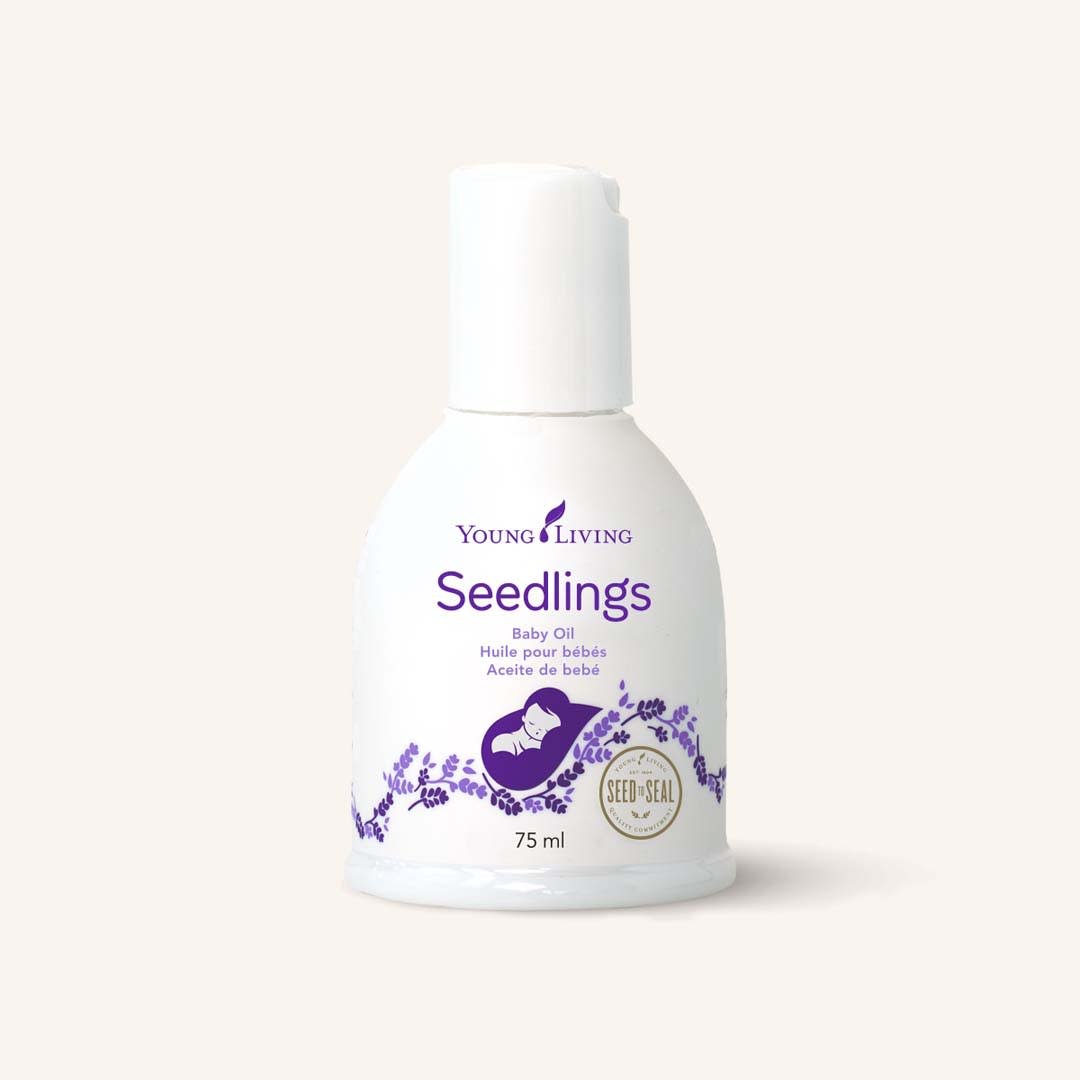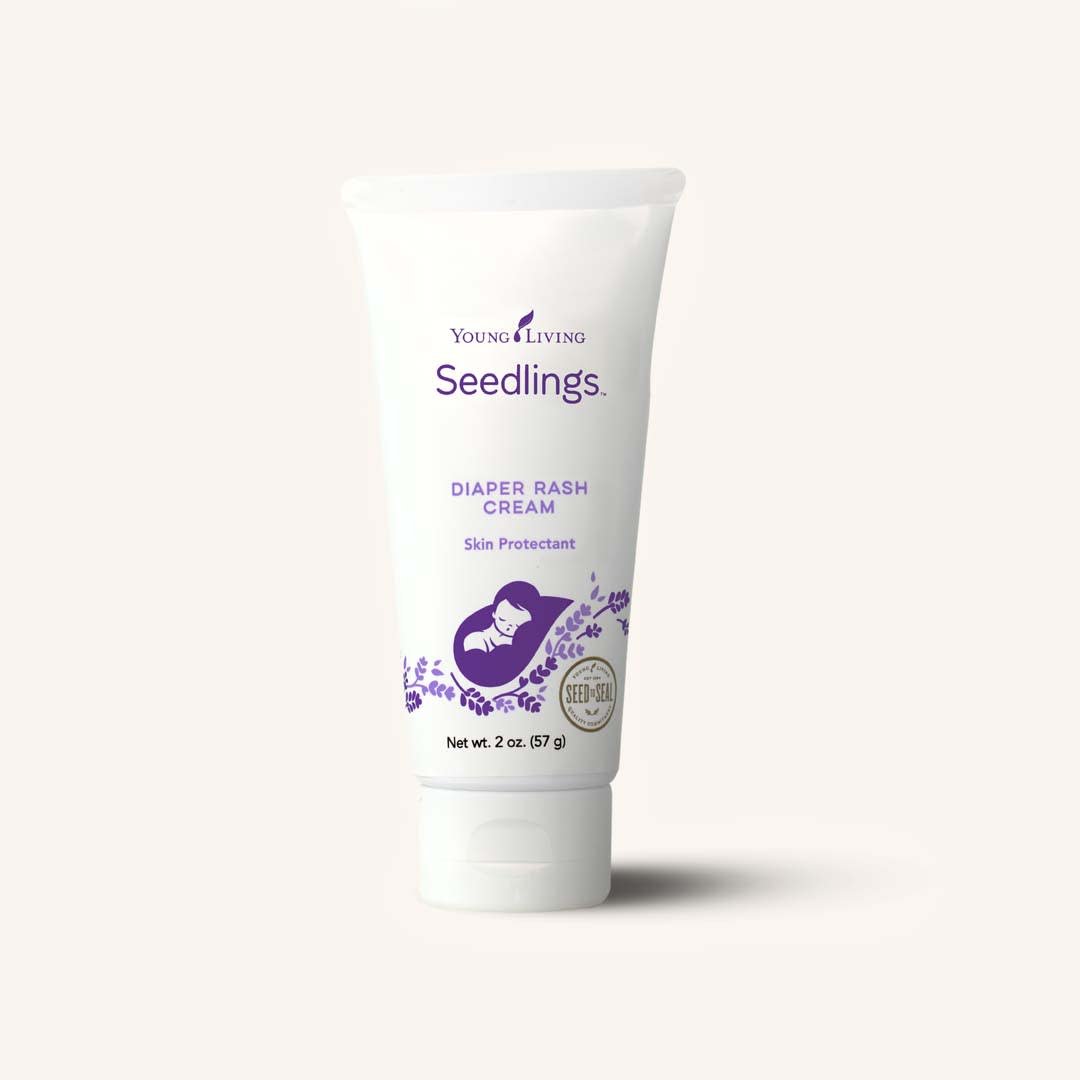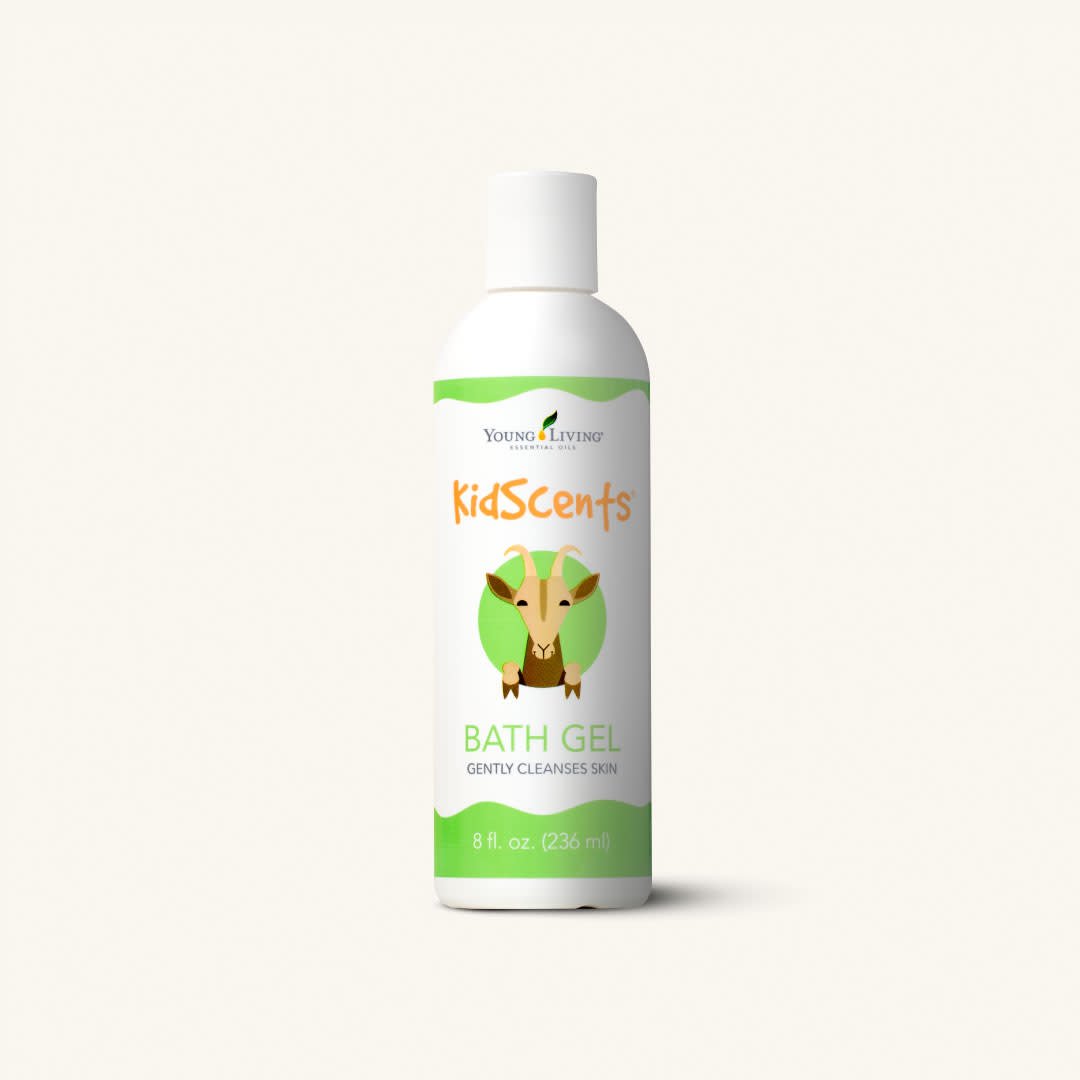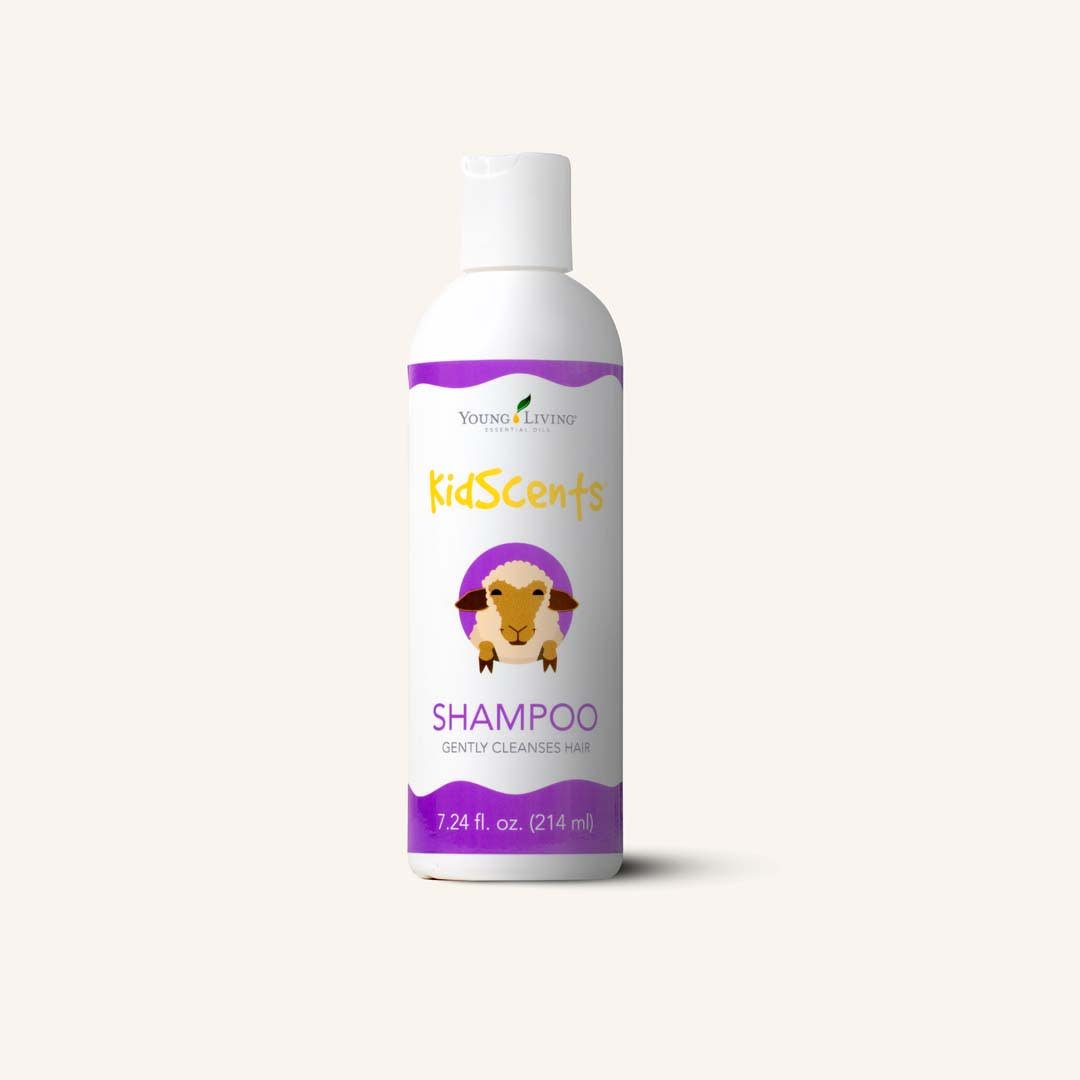A Ped’s Perspective: Eczema
Let’s talk about one of the most common childhood skin diagnoses: atopic dermatitis or eczema. Dermatitis is essentially a fancy word for inflammation of the skin, and is an umbrella term that captures many skin related conditions under it: contact dermatitis, diaper dermatitis, lip licking or perioral dermatitis, seborrheic dermatitis (read more here), and atopic dermatitis to name a few. We are going to dive into atopic dermatitis or eczema today.
What causes the inflammation?
Inflammation of the skin causing dermatitis is thought to be related to prolonged dryness. Dryness of the skin can be secondary to environmental triggers or genetics. There is thought to be a connection between eczema, asthma, and allergies called the “atopic triad”, so if you have one of those diagnoses, it is not uncommon to suffer from all three conditions.
What does it look like?
Atopic Dermatitis or eczema presents as red, raised dry patches on the skin, often with scaling. It can first appear as generalized dry skin before eczema patches develop. Prolonged dryness without treatment can actually cause loss of pigment around the chronic patchy lesions, a condition called post inflammatory hypopigmentation. The location of eczema patches may vary depending on the age of the child- infants typically develop patches on their cheeks whereas toddlers typically develop patches behind their knees or in the crease of their elbows (this is called flexural eczema). However, eczema can present anywhere on the body.
How do you treat it?
Eczema is a chronic inflammatory condition, meaning it often can recur even after management of a flare up. If you notice eczema patches developing, it is very important to first try to determine any potential environmental triggers for the flare up.
Potential triggers for eczema include:
Personal care products: shampoo, body wash, bubble baths, lotions, ointments, bath bombs, perfumes
Laundry products: detergent, fabric softeners, dryer sheets
Heat and/or sweating
Dry cold weather
Environmental allergens: dust, pet dander, pollen
Remember that it does not have to be personal use of these potential triggers- we are often holding our babies and kids close to our bodies so it could be a contact exposure to a product of ours. Food for thought: The most common location that babies have eczema patches is on their cheeks, and think about how often those sweet cheeks are snuggled against our necks and chest where perfume is often applied. There are many things that you cannot change like the weather or environmental allergens, but we can control the products we use on and around our kiddos, and this a great starting point to make changes and assess for improvement in flare ups.
Treatment:
The best way to treat and prevent exacerbations of eczema is frequent moisturization of the skin- and by frequent I mean 3-4 times/day! Bathing is preferred 2-3 times a week if possible, but if a daily bath is necessary luke warm water is preferred. Apply moisturizer immediately following the bath after patting the skin dry (no need to completely dry the skin).
If you notice red scaly patches, I recommend doing a short treatment course with a topical steroid in addition to continued daily moisturizing 3-4 times/day. Apply a thin layer of OTC Hydrocortisone 1% to the dry patch(es) twice daily for 5-7 days. Let the Hydrocortisone soak in for a few minutes before applying moisturizer to the whole body.
After putting a focus on what products are being used on or around your kiddos skin, consistent daily skin moisturizing will prevent frequent flares and need for the topical steroid cream.
When should your child be evaluated?
If you are consistently following the above recommendations without improvement or worsening symptoms, follow-up with your primary care provider for full evaluation and management would be recommended. Keep in mind that a secondary skin infection can occur with eczema- bacteria can take over when there is any compromise to the skin just like it could a cut or a scrape. Eczema also tends to be very itchy, and those little finger nails harbor a lot of bacteria. Try to keep your kiddos nails trimmed short, and apply moisturizer and Hydrocortisone 1% if very itchy. A sign of a secondary bacterial skin infection is if the patches develop a yellow honey colored crusting. I would seek quick evaluation at your child’s medical home if you notice this.
Recommended products:
One of the biggest focus areas should start in the laundry room- many conventional laundry detergents (even the beloved dreft that is marketed toward babies), fabric softeners, stain removers, and dryer sheets are filled with fragrance and other chemicals that wreck havoc on our skin. We personally love the thieves laundry soap, and have been using it for over three years now. It is ultra concentrated so it is cost effective, and it is free from SLS, dyes, petrochemicals, formaldehyde, phosphates, synthetic perfumes, chlorine, and optical brighteners. Read more about our favorite baby tested stain remover here too.
I hope you find this helpful, there is a wide range of severity that can occur with eczema, but it all starts with addressing these basics first. Happy moisturizing!



